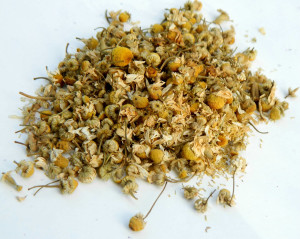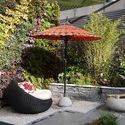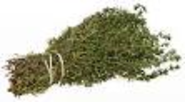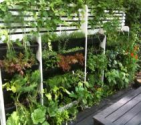Chamomile-
I love having Chamomile in my garden. This pretty sweet plant from the Daisy family, is covered with little white flowers all summer long. German Chamomile is an annual that forms a 3 foot bushy sort of plant, while Roman Chamomile is a perennial that grows low to the ground. My preference is for the German Chamomile over the Roman Chamomile, which can be bitter, but both can be used the same way.
Chamomile Uses-
Chamomile has been used for thousands of years as a go-to herb for a number of ailments. And its calming properties make it a must-have in crisis situations.
We are now adding valuable information that Preppers can use to help build the best safety net and resource arsenal possible for their homes and family. This info about building your Herbal Medicine Cabinet – Chamomile is now updated to our information page and we shall be placing more great content there in coming months. Be sure and bookmark and visit to see the new information for your Prepper Plan.
Read more on our Prepper Information Page













1 ping
[…] Herbal Medicine Cabinet […]